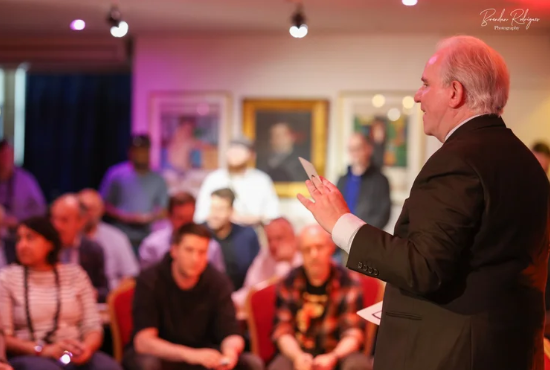Cold Reading Techniques: The Psychology Behind the Illusion
Cold Reading Techniques: The Psychology Behind the Illusion
Cold reading is one of the most fascinating tools in the world of communication and persuasion. It creates the impression of deep insight when, in fact, the reader has no prior knowledge about the subject. Understanding cold reading techniques reveals how psychics, fortune tellers, and mentalists create the illusion of mind-reading.
In this guide, we’ll explore the most effective cold reading techniques, why they work, and how they can be applied ethically in both entertainment and everyday communication.
What Are Cold Reading Techniques?
At its simplest, cold reading techniques are methods used to make statements that seem highly accurate but are actually based on psychology, probability, and observation. Instead of magic, they rely on language patterns, human biases, and keen attention to detail.
These methods have been used for centuries by performers and persuaders, and they remain powerful today.
Why Cold Reading Techniques Work
The effectiveness of cold reading techniques lies in human psychology. People want to feel understood, and they unconsciously cooperate with the reader. Here’s why these methods are so convincing:
The Barnum Effect – Vague statements feel personal when phrased cleverly.
Confirmation Bias – People remember the accurate “hits” and forget the “misses.”
Desire for Meaning – Sitters fill in gaps themselves, making vague phrases feel precise.
Social Feedback – Readers adjust based on facial expressions, tone, or body language.
Together, these make cold reading techniques seem remarkably accurate.
Classic Cold Reading Techniques
Here are some of the most common cold reading techniques you’ll see in practice:
1. The Barnum Statement
General but flattering phrases, such as “You have a strong need for others to respect you, but you’re your own harshest critic.” This is one of the most basic cold reading techniques because it resonates with nearly everyone.
2. The Rainbow Ruse
Giving someone both sides of a trait, e.g., “You’re confident in many situations, but sometimes you step back and observe.” This works because it covers all possibilities and is one of the cleverest cold reading techniques.
3. The Jacques Statement
“You don’t always get the credit you deserve for your hard work.” Almost everyone relates to this, which is why it’s a favourite among cold reading techniques.
4. Shotgunning
Firing out multiple names, dates, or traits: “I sense a connection with someone named John… or maybe James.” This scattershot approach is one of the most recognisable cold reading techniques, especially in group settings.
5. Fishing
Making a statement in the form of a question: “You’ve been thinking about changes in your career, haven’t you?” If the sitter confirms, the reader expands. This simple but effective method is a staple of cold reading techniques.
6. Observational Cues
Noticing clothing, body language, or small details. For example, commenting on a wedding ring or stressed posture. This practical element is one of the most overlooked cold reading techniques.
Practising Cold Reading Techniques
If you’re curious about learning, practising cold reading techniques is the best way to develop skill. Here’s how to start:
Begin with Barnum statements to build confidence.
Watch reactions closely and adapt your phrasing.
Practise with friends in casual, playful settings.
Keep it ethical by being transparent if you’re using it for entertainment.
The more you practise, the more natural cold reading techniques will feel in conversation.
Everyday Applications of Cold Reading Techniques
Interestingly, cold reading techniques don’t just belong to psychics or magicians. They show up in business, sales, coaching, and even casual conversations. A manager might say, “You’ve been giving a lot, but I know you sometimes feel undervalued.” That’s essentially a polished example of one of the classic cold reading techniques.
Used ethically, they can help build rapport, strengthen communication, and make people feel understood.
The Ethics of Cold Reading Techniques
While cold reading techniques are powerful, they must be used responsibly. Entertainers and mentalists use them openly as part of their act. Salespeople and coaches may use them to build empathy and trust.
The danger lies in misusing cold reading techniques to deceive others into believing in supernatural powers or to exploit vulnerability. The golden rule: use these skills for connection and communication, not manipulation.
The world of cold reading techniques reveals how psychology, observation, and language combine to create powerful illusions of insight. They remind us of how much people want to feel seen and understood.
By learning cold reading techniques, you not only protect yourself from being misled but also gain tools to improve communication, build rapport, and even entertain.
At the end of the day, the power of cold reading techniques lies not in trickery, but in understanding people.





